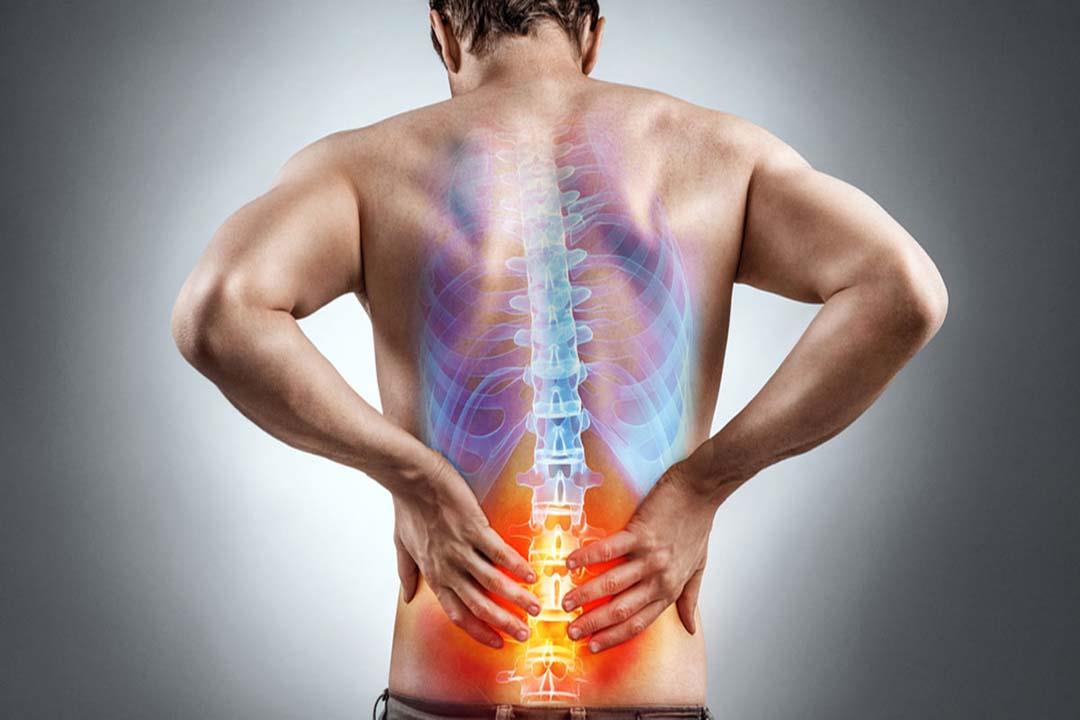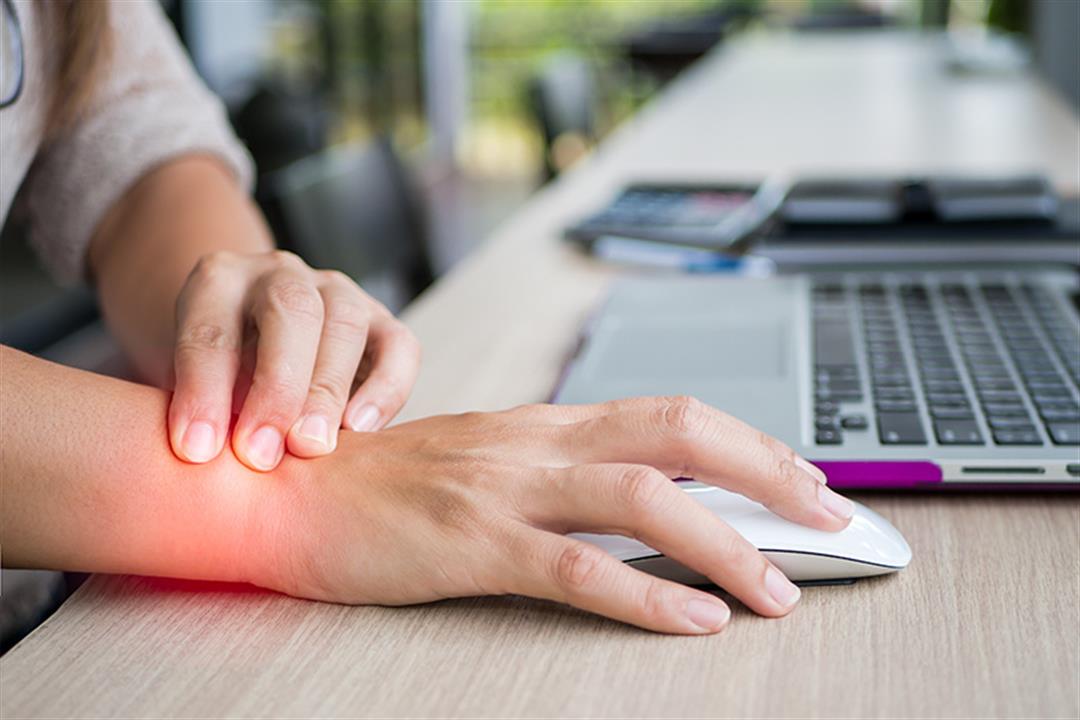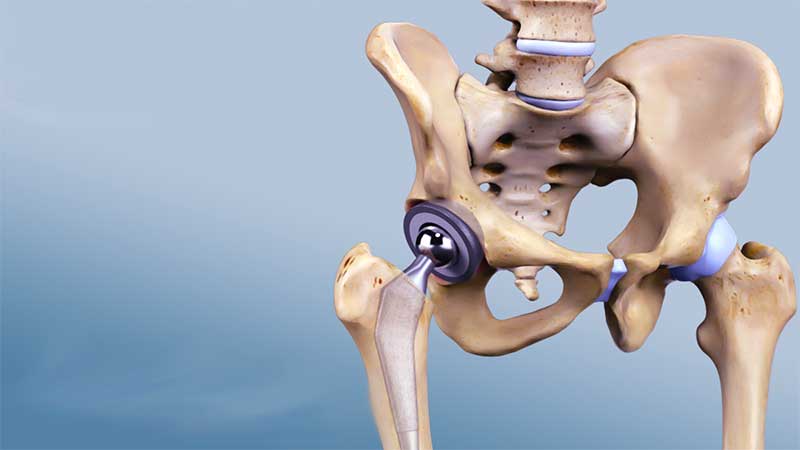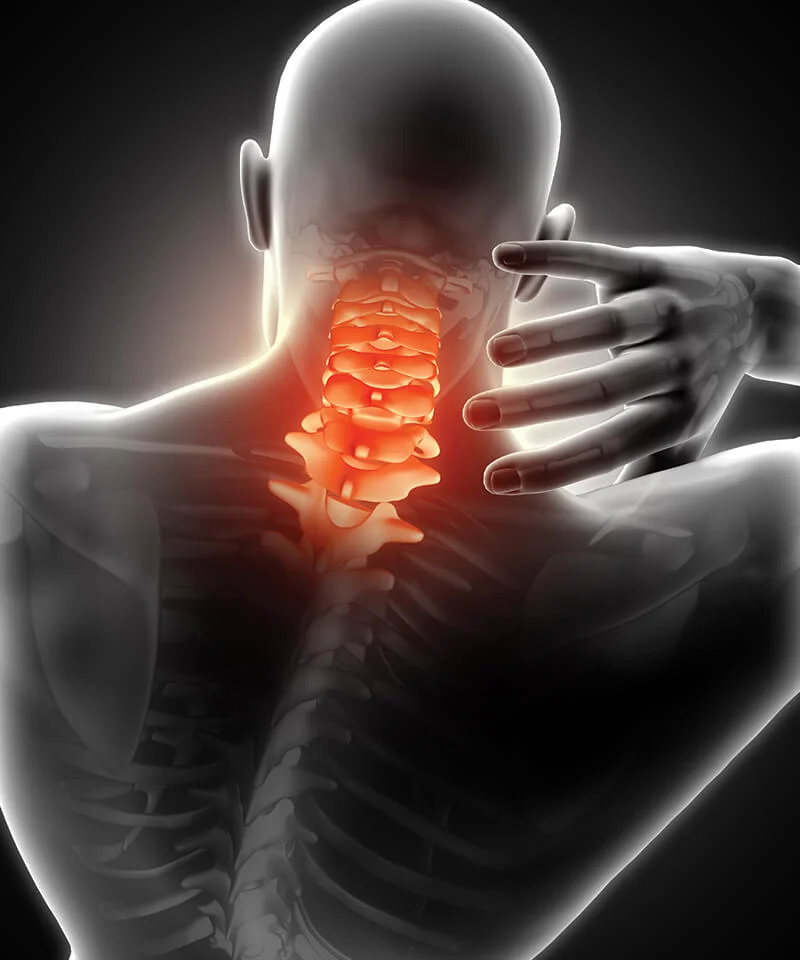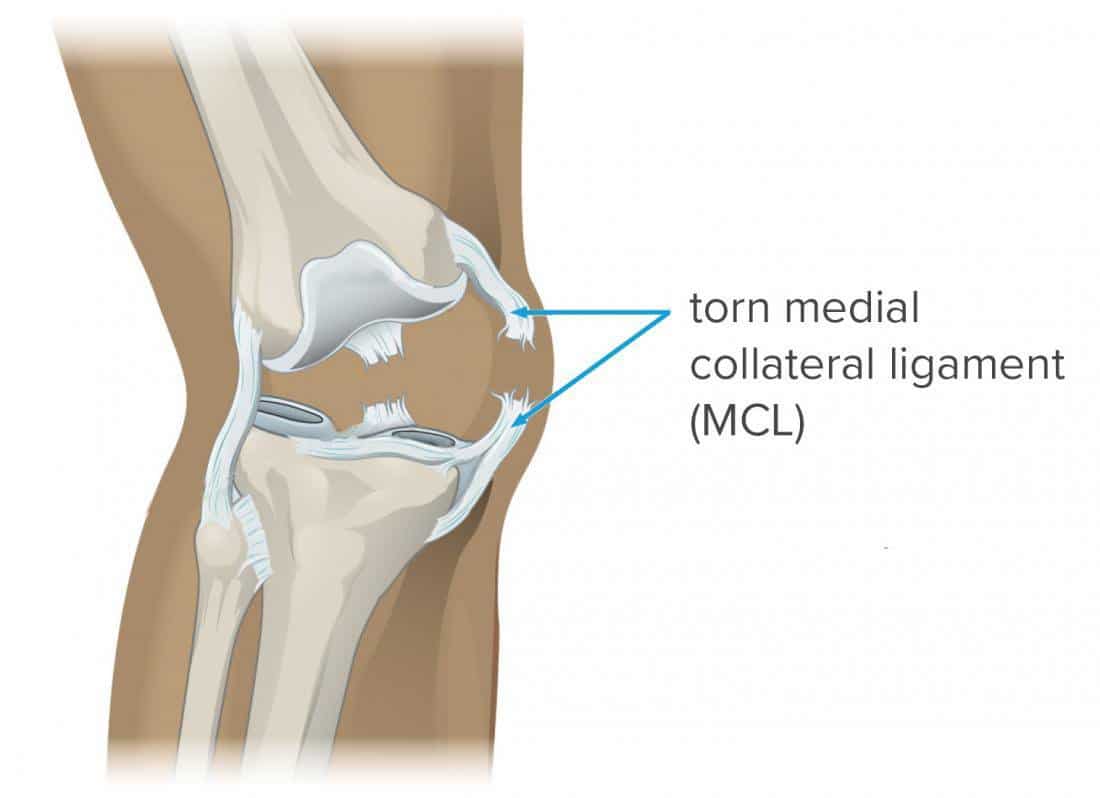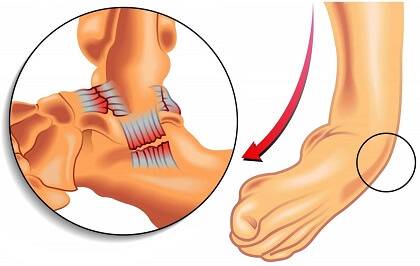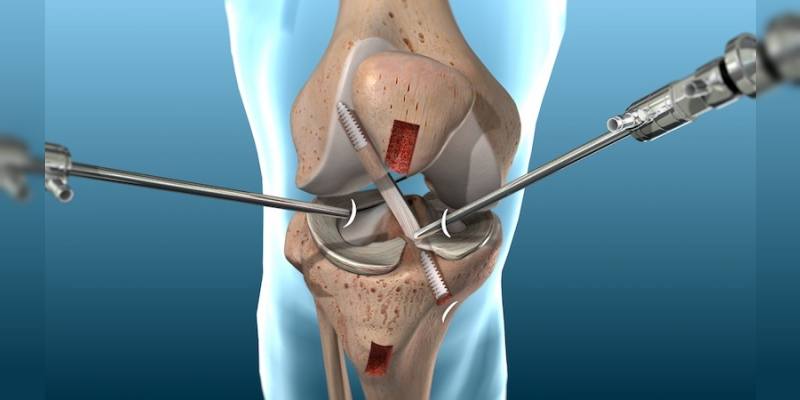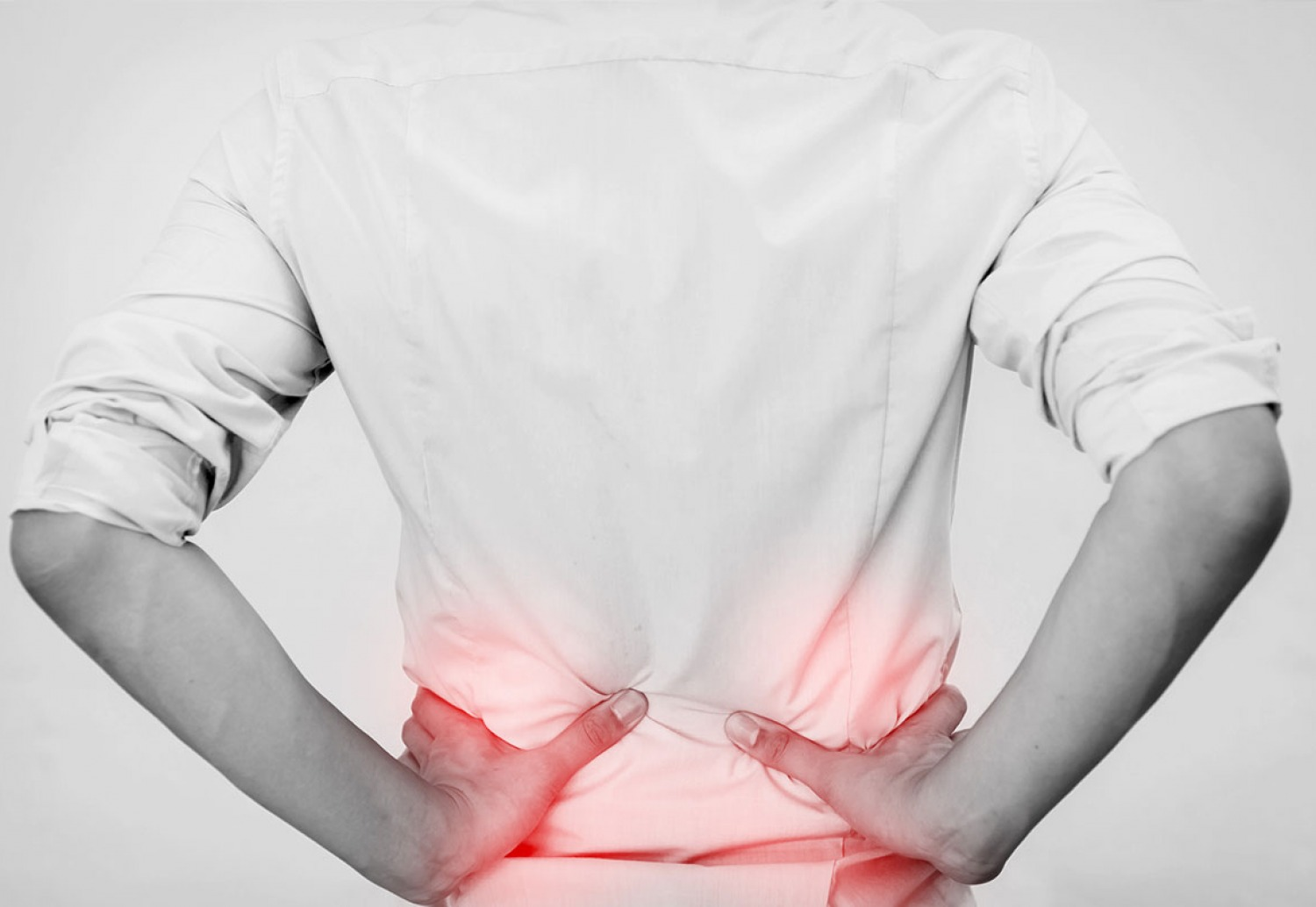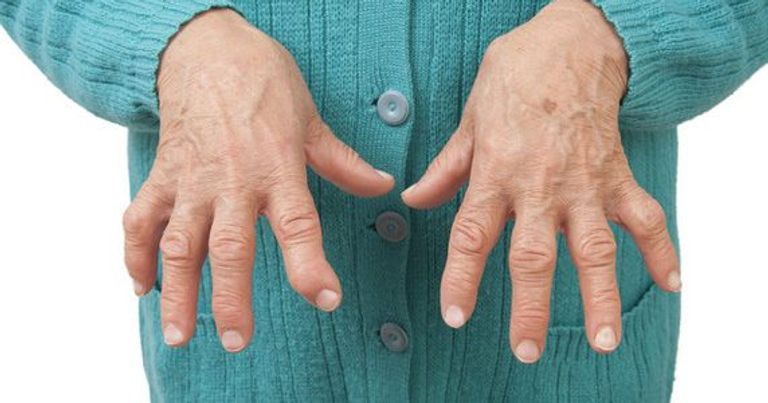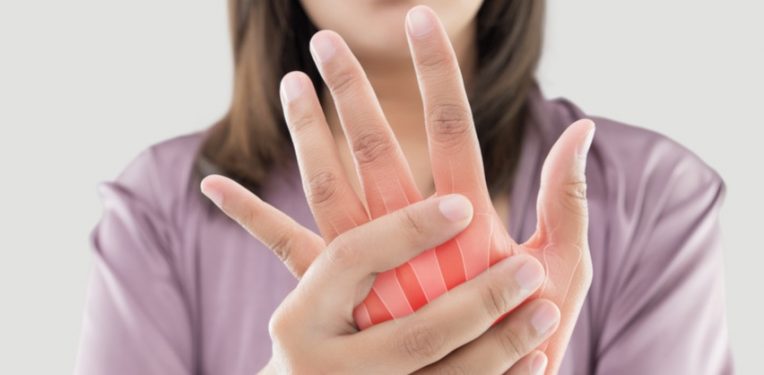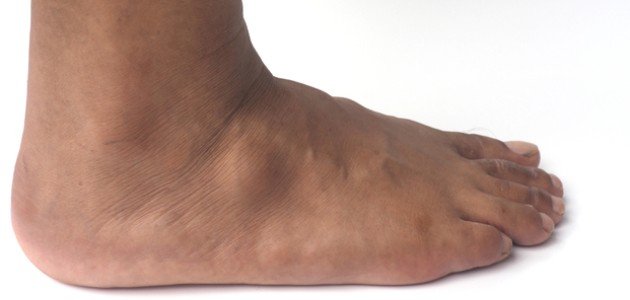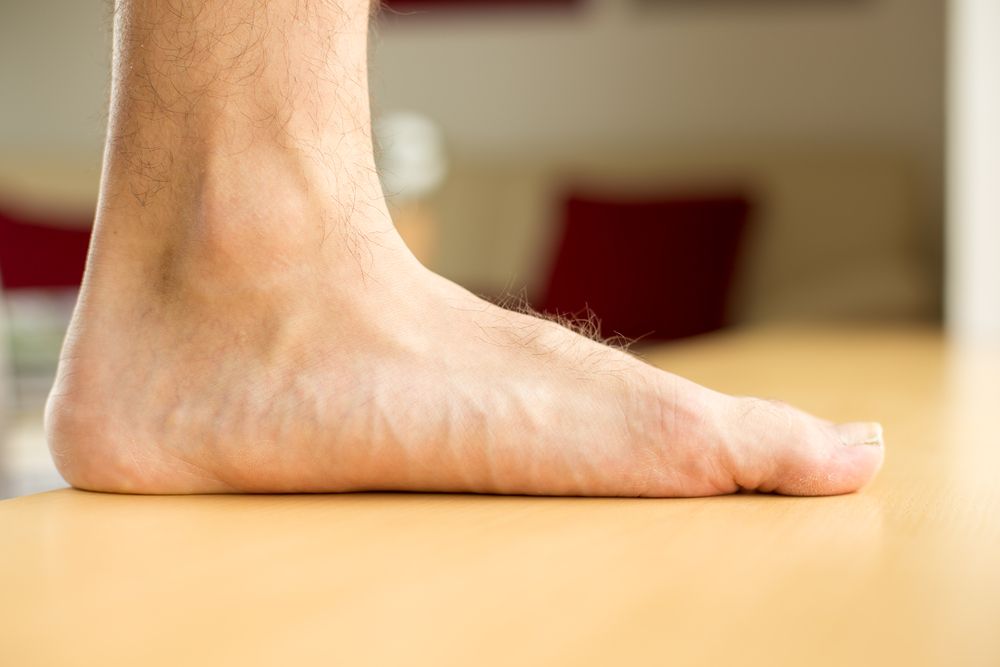?Cost of MRI scan of the back, and what are its most important medical uses
The price of MRI scan of the back, In this article, we will discuss in depth the subject and price of MRI scan of the back and shed light on the factors affecting determining the cost of this medical examination, and we will also provide advice on how to save MRI costs on the back and search for appropriate health insurance or financing plans Our goal is to provide individuals with the necessary knowledge to make an informed decision about undergoing this important medical examination without excessive financial burden.
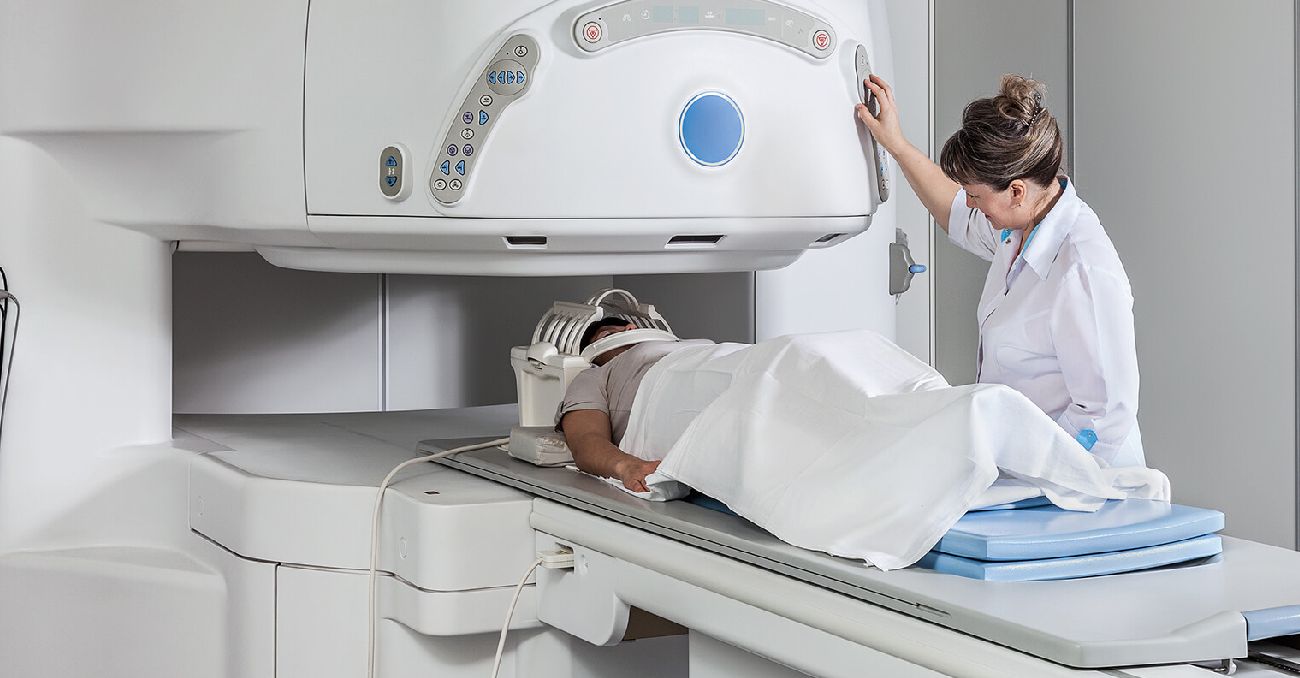
The price of MRI scan of the back
Back MRI scans are one of the advanced technologies used to diagnose and monitor disease and spine injury conditions. The price of an MRI scan of the back is relatively high compared to other types of medical imaging, and the cost of the exam is affected by several factors, including the medical facility in which the exam is performed and the geographical area where the exam is performed, as its price may vary from one hospital to another.
Back MRI reports detail the overall condition of the spine, including its structure and function, and this exam is the most accurate in identifying and detecting diseases and problems that may be present in the vertebrae, such as disc herniation, arthritis, structural deformities, congenital defects, and others. As a result, MRI scans help doctors provide the correct diagnosis and guide the appropriate treatment for patients.
In addition, MRI is considered a non-harmful test, as no radiation is used in the process, which makes it a safe option for diagnosing health conditions related to the spine. Although it can be expensive, an MRI scan provides accurate and comprehensive results that are worth investing in, especially when it comes to back health and quality of daily life. Doctors or specialized clinics can also be consulted for specific information about cost and the availability of flexible payment plans.
Take care of your back health and choose back MRI treatment with Dr. Amr Aml.
The importance of uses of MRI scan of the back
Back MRI is considered one of the modern technologies used to accurately and reliably diagnose conditions associated with the spine. This unique technology provides direct and detailed images of tissues and structures associated with the spine, which helps to make the correct diagnosis and guide appropriate treatment. Here are the most important uses of back MRI scans:
- Evaluation of emergency cases: Back MRI scans are used to assess the safety of the spinal cord after trauma and accidents, as they provide direct images of the neurological tissue and surrounding tissues, which helps doctors ensure there is no damage or tear in the spinal cord.
- Accurate diagnosis and evaluation:
Spine MRI imaging is used to assess or detect congenital deformities in the vertebrae or spinal cord, as it can reveal bone injuries such as spinal fractures, disc tears, ligament tears, which helps determine the correct diagnosis. - Detect vertebral problems: One of the most important things that a back MRI shows is the detection of problems associated with the vertebrae and spine. These problems include disc herniation, disc inflammation, arthritis, spinal stenosis, and spinal cord tumors. MRI scans can provide valuable information to physicians about the extent, location and severity of the problems suffered by the patient.
It is important to note that the use of back MRI scans is safe, painless and does not require surgery, and is considered a non-ionizing imaging technique. Despite the importance of this technology in diagnosing diseases and evaluating back conditions, a doctor should be consulted before undergoing the examination to ensure proper diagnosis and treatment.
Dr. Amr Aml specializes in treating back MRI using modern and effective methods.
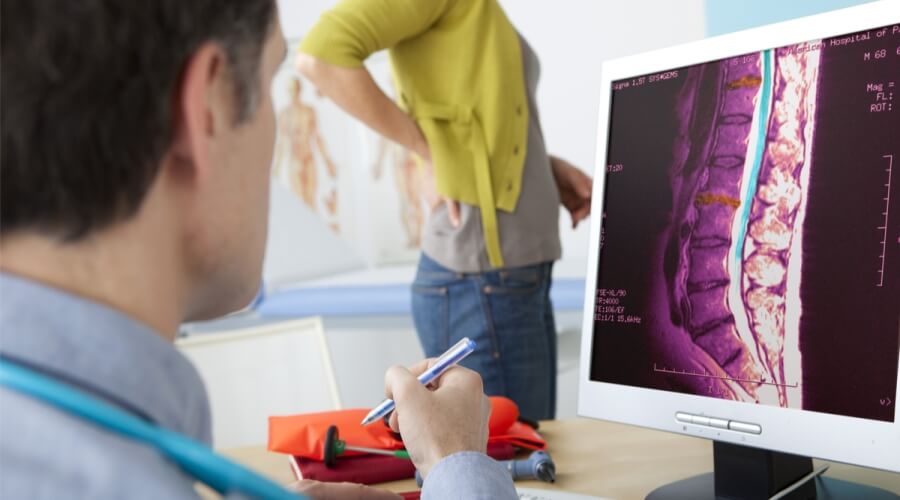
Components of the back MRI machine
Back MRI may be a necessary procedure to assess the condition of the spine and diagnose any problems or injuries that may have occurred. The back MRI machine consists of several important components to accurately achieve the required results with high accuracy. In this article, we will review some of these components and how they work to generate an accurate image of the spine.
- Magnet: A powerful magnet is used in the back MRI machine and this magnet is primarily responsible for producing a strong magnetic field that interacts with the patient’s body molecules. The patient is placed in that magnetic ring to record images.
- Electrical power: The MRI imaging unit contains a powerful electrical system that provides the necessary electric current to operate and control the magnet.
- Radio Transceiver: The MRI machine senses the electromagnetic signals produced by the patient’s body molecules in response to the magnetic field and these signals are recorded using the radio transceiver and converted into a digital image.
- Control unit: The imaging process is controlled by the control unit located behind the control panel and the technician enters a specific program that determines the pattern and composition of the required image.
- Display screen: The recorded images are transferred to the display screen in the control room for specialized doctors and technicians. They can display the images with high accuracy and analyze them to obtain a definite diagnosis.
The components of the MRI machine may vary slightly between different devices, but these key elements are very important in achieving accurate and comprehensive results to assess the spine. The use of a back MRI machine is one of the modern, non-painful techniques that provide high-resolution images of spinal tissues, and thus helps doctors evaluate their patients’ conditions accurately according to accurate and scientific interpretations.
Get rid of back MRI problems and get ready for a pain-free life with Dr. Amr Aml.
When does the doctor request an MRI scan of the back?
Having an MRI scan of the back is necessary in many cases to determine the cause of back pain or other spine and spinal cord related issues. MRI is a powerful tool that helps diagnose conditions that cannot be detected by other tests. Here are some cases where the doctor may request an MRI of the back:
1. Unexplained back pain: In case of persistent back pain without an apparent cause, the patient may be recommended to have an MRI scan to identify the potential cause behind this pain. Imaging may also accompany when the pain is associated with other symptoms like numbness and weakness in the legs.
2. Precise diagnosis of spinal tumors: MRI is one of the most accurate techniques for diagnosing spinal tumors. It provides detailed images of tissues and organs in the back, helping to clearly see benign and malignant tumors. This gives doctors and patients a better idea about the tumor type, size, and location, and consequently determine the best treatment option.
3. Spinal cord and nerve injuries: When an injury occurs in the back affecting the spinal cord and nerves, MRI can be used to determine the extent of injury and assess the damage it causes. MRI can be used in cases of spinal contusions, sprains, slipped discs, and nerve root inflammation.
4. Precise diagnosis of organic diseases: MRI images help identify spinal diseases such as osteoarthritis, slipped discs, spinal stenosis, and vertebral deformities. MRI gives doctors an accurate picture of the spine’s condition and helps determine the type of problem and best treatment options.
5. Routine examination of vertebrae and spinal cord: Sometimes, an MRI scan of the back is requested as part of the routine examination for people at high risk of spinal diseases. This may be the case with family history of spinal conditions or chronic back pain.
MRI of the back is a powerful tool for diagnosing many medical problems related to the back and spinal cord. It helps identify causes and choose appropriate treatments. Consult a specialist doctor to assess your condition and determine necessary steps for an MRI of the back.
Dr. Amr Aml provides distinguished treatment services for those suffering from back resonance.
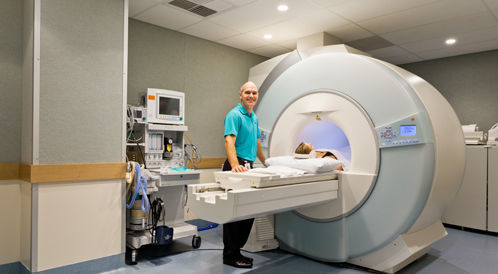
What preparations are required for doing back resonance imaging?
MRI scans are one of the modern and advanced means of diagnosing diseases and injuries in the back. To obtain an accurate and high quality image, there are some necessary preparations that the patient must follow before the examination. Below is a list explaining the preparations required for doing back MRI scans:
- Wear appropriate clothing: You may need to wear the medical gown provided by the medical center to maintain device cleanliness and avoid any interference that may affect image accuracy. You may also be allowed to wear your own loose-fitting clothes with no metallic fasteners.
- Check for dye sensitivity: Before undergoing an MRI, it is important to ensure no dye sensitivity. Special dyes are used in some cases to enhance image quality. In case of sensitivity, the medical staff should be informed before the scan.
- Remove metallic objects: Before an MRI scan, any metallic objects on the body must be removed as metals, jewelry, or metal clips can interfere with magnetics and affect image quality.
- Eating and drinking before the scan: Instructions vary about eating and drinking before an MRI scan. Usually, normal eating and medication is allowed unless instructed otherwise by medical staff. However, please follow your treating physician’s instructions to ensure best results and scan accuracy.
- Special preparations for patients with implanted devices: If you have any implanted medical device like a pacemaker or surgical eye clips or any other body part, the medical staff must be informed before the scan as the strong magnetic field may interfere with these devices, affecting their efficiency or damaging them.
So, following the required preparations before an MRI scan of the back is essential. By taking these steps, you will be able to get an accurate and clear image that helps doctors determine the correct diagnosis and choose the appropriate treatment.
Look for advanced back resonance treatment techniques with Dr. Amr Aml.
What does a back MRI show?
MRI is a modern and effective medical technique widely used to diagnose back diseases and problems. It works by creating detailed images of internal organs and tissues using magnetic waves and recording the magnetic response from the body. Usually, a back MRI is performed for the initial detection and diagnosis of a variety of health problems. Here are some things a back MRI can show:
- Herniated disc: An MRI can show detailed information about a herniated disc and its impact on surrounding spinal nerves.
- Arthritis: MRI can reveal signs of arthritis in the back, an important factor in diagnosing diseases like rheumatoid arthritis and psoriatic arthritis.
- Bone tumors: Bone tumors, whether benign or malignant, can be diagnosed and located using a back MRI.
- Nerve compression: MRI can detect nerve compression in the back, which is associated with numbness, weakness and pain in the lower limbs.
- Slipped lumbar discs: MRI can determine the size and position of slipped lumbar discs and their impact on the sciatic nerve.
- Spinal deformities: MRI can reveal any spinal deformities like kyphosis or lateral deviations or spinal slides.
Additionally, MRI can be used to identify any lesions in the soft tissues around the back area such as ligament tears, muscle and tissue inflammation. Undoubtedly, MRI is a powerful diagnostic tool and trusted in determining the type and severity of a back health problem. It is important that the treating physician, radiologist and imaging technologist decide the appropriate sequences for each condition, whether already detected or being investigated, according to the patient’s symptoms, history and initial diagnosis.
Consult Dr. Amr Aml to find a solution for your back resonance problem.
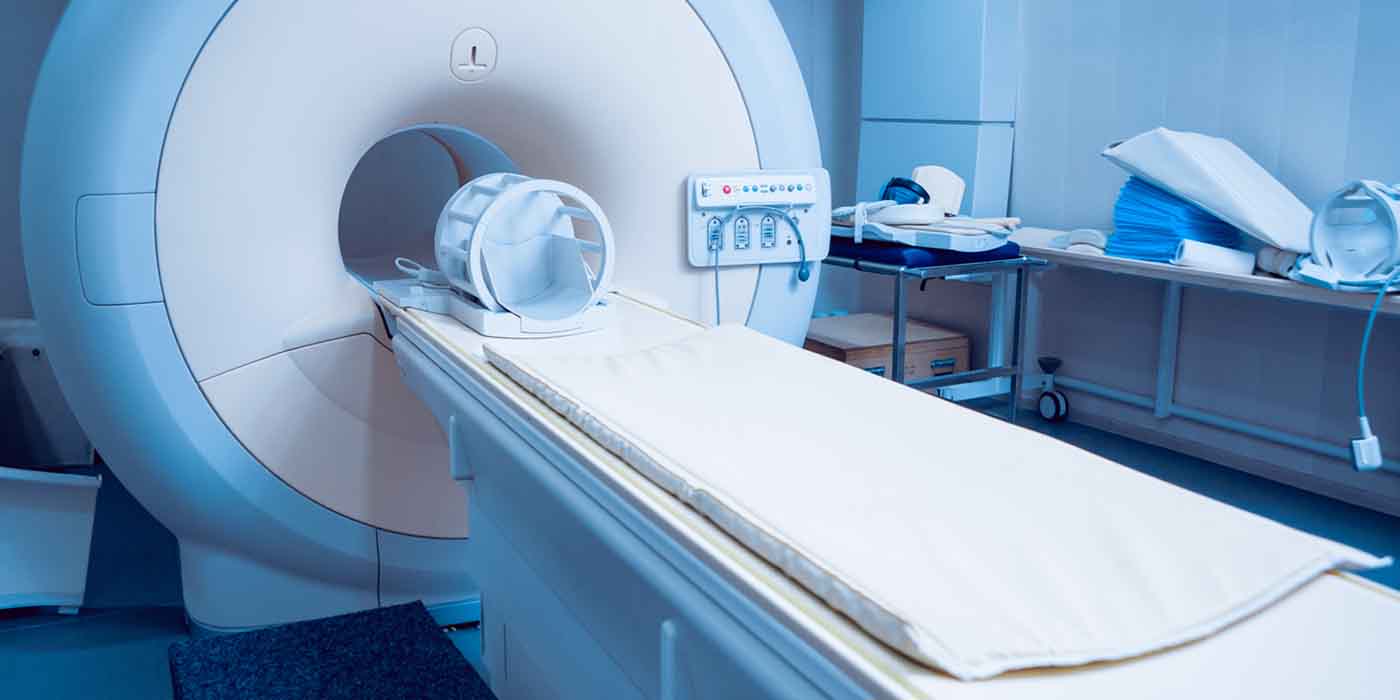
How long does it take for an MRI back results to appear?
MRI back results usually appear within two to three business days. MRI is one of the common tests performed to diagnose back diseases and injuries. This test uses magnetic field guidance devices and radio waves to produce detailed images of the back bones, muscles and surrounding tissues. An MRI of the back usually takes between one and one and a half hours, depending on the area of the back being imaged and the number of required pictures. An MRI machine can be used to diagnose many back conditions including muscle and bone aches, disc herniation, arthritis, tumors, and injuries.
The patient should be ready for the MRI when arriving at the hospital. The patient may be asked to wear an MRI-safe gown and remove any metal objects from the body such as jewelry or bracelets. It is usually recommended to empty the bladder before the test and avoid heavy meals before the test for patient’s comfort. An MRI of the back is a non-painful and safe process. The patient lies on a narrow bed that moves inside the huge semi-circular machine. The patient must remain calm and still during the test to ensure good quality images.
After MRI completion, the images are analyzed by the radiologist. MRI results may take up to one or two weeks until the test report is provided to the treating physician. However, if quick results are needed or there is an emergency case, the patient can contact the doctor to notify that and speed up the analysis process and report preparation.
A life without nagging back resonance is possible with the expert help of Dr. Amr Aml.
Does an MRI detect disc herniation?
MRI is one of the most famous and commonly used diagnostic tools for detecting disc herniation in the spine. This test, which relies on magnetic fields and radio waves, generates detailed images of the spine to determine the condition of the intervertebral discs and detect any herniation that may occur. Disc herniation is a condition that involves displacement of the intervertebral disc from its normal position, usually resulting from damage or weakness in the intervertebral discs that act as cushions between the vertebrae in the spine. Due to this damage or weakness, the discs can slip or protrude behind the bony edges, causing pressure on the surrounding nerves, resulting in pain and associated symptoms.
MRI is very effective in detecting disc herniation, as it can accurately identify the location and size of the herniation. When performing an MRI, the intervertebral discs appear as black structures in the image, and in case of disc herniation, the slipped parts can be clearly distinguished. Disc herniation is usually diagnosed by focusing on the discs in the lower part of the image, as they are more prone to injury. However, it should be noted that the presence of disc herniation on MRI should not cause concern if the patient does not suffer from accompanying symptoms, as disc herniation may be a normal and common condition in many people without causing any health problems. In the absence of symptoms, doctors can assess the condition and make appropriate decisions based on the patient’s symptoms and personal medical history.
Learn about the causes and treatments of back resonance through a consultation with Dr. Amr Aml.

Tips before undergoing a back MRI
MRI scans are important medical tests used to diagnose back and nerve diseases. But before undergoing this test, there are some tips that should be followed to ensure accurate and reliable results. In this article, we will highlight some important tips to consider before undergoing a back MRI.
- Avoid metals: Before undergoing an MRI test, make sure there are no metal objects in the body, such as smartwatches, small needles or metal pieces in the body, as these metals can interfere with the MRI process and cause errors in the final image.
- Report allergies: If you have an allergy to the dyes used in X-rays or MRI, it is important to tell the supervising doctor about this allergy before undergoing the test. Necessary precautions will be taken to avoid any adverse reactions.
- Fasting: Fasting for 4-6 hours before undergoing a back MRI is usually recommended. This requires not eating or drinking during this period, as food or drink can interfere with the final image of the scan.
- Health details and medications: Make sure to tell the medical team responsible for the test about any health problems you may have, as well as any medications you are taking. It may be necessary to modify the image quality or ignore some effects that medications can have on the image.
- Remove jewelry and metal objects: Before the test, any jewelry or metal objects must be removed from the body, such as earrings, necklaces or bracelets. Metal disrupts the MRI process and can affect the quality of the image that will appear.
- Mental preparation: Undergoing an MRI requires lying still in a narrow space for a long period of time. It may be best to mentally prepare yourself for this and make sure you are comfortable and relaxed before starting the test.
People with chronic health problems or taking special medications should speak with their doctor before undergoing a back MRI. It may be important to modify some technical aspects of the test or avoid it based on the doctor’s advice and the person’s condition.
Enjoy comfort and tranquility with advanced back resonance treatment with Dr. Amr Aml.
Best doctor to treat back pain
Dr. Amr Aml is one of the specialized doctors in treating spine vertebrae. He is considered one of the best doctors in this field in Egypt. Dr. Amr is distinguished by his high efficiency and experience in spinal surgery. He received an honorary degree in Orthopedics from the Faculty of Medicine at Ain Shams University, in addition to working as a specialist doctor, Dr. Amr also holds the position of Lecturer of Orthopedic, Arthroscopic and Joint Surgeries at Ain Shams University. His experience in this field extends to five years, during which he has successfully treated many cases of bone fractures.
Dr. Amr specializes in treating back pain and osteoarthritis and provides a variety of treatments to address these problems, ranging from medication to surgical consultation if necessary. He deals with different cases and uses modern techniques to achieve the best results.
Dr. Amr has an impressive record of successful surgeries and patient satisfaction. He is highly rated by patients who have undergone treatment with him, as they consider him one of the best doctors in this field. Dr. Amr receives patients at Dar Al Fouad Medical Center in New Cairo, deals with various health insurance companies, and briefly, Dr. Amr Aml is the best choice for treating back pain and osteoarthritis in Egypt. Moreover, his extensive experience and high efficiency make him a reliable specialist in this field. Patients can book an appointment with him at Dar Al Fouad Medical Center and benefit from his unique skill in treatment.

